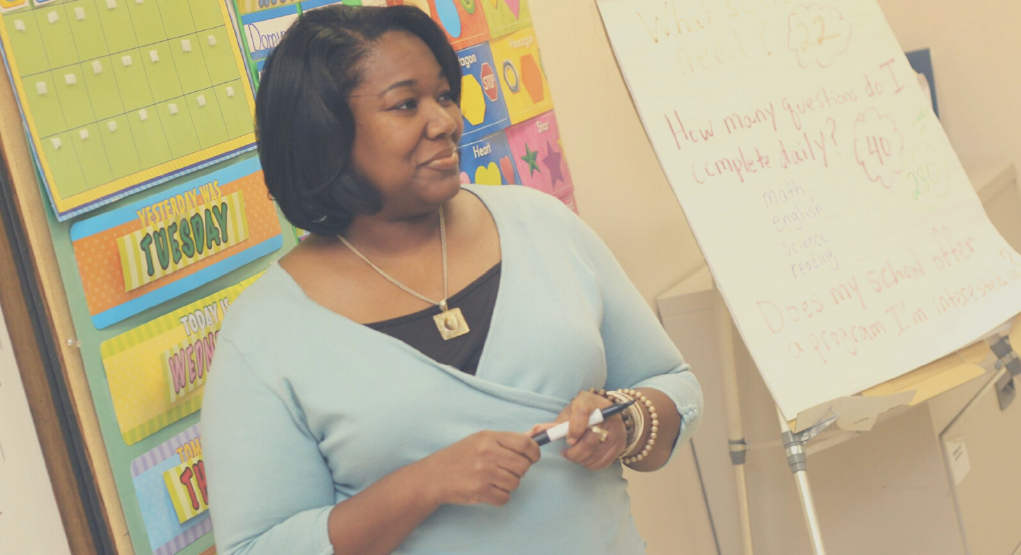Classroom Expectations and Rules
What’s Inside:
Why Establish Classroom Expectations?
Important Concepts
Common Classroom Rules
Download and Print this Article HERE

Why Establish Classroom Expectations?
Children are most productive and more likely to succeed in the classroom when the environment is predictable. Orienting students to classroom rules and consistently reinforcing these rules is an effective way to communicate your expectations for behavior and create a predictable learning environment. Rules teach children social norms for what is “right” and “wrong” or “ok” and “not ok” in a given situation. When students and teachers co-construct the expectations for the classroom, the language of the contract is often reflected in student-friendly terms. This helps make the guidelines accessible, easy to understand for all students, and easier for students to remember.
Following rules requires behavior regulation. For some children, this is a skill that, like reading, is learned through practice, repetition, and feedback. Thus, by explicitly teaching, reviewing, and reinforcing rules, you help students develop behavioral regulation skills.
It is common for peers to exclude children whom they dislike or devalue. Teachers can reduce peers’ exclusionary behavior by including a classroom rule about respect.

Creative Ideas:
- Have students co-create the rules and make posters for the classroom.
- Take pictures of the students demonstrating the rules and post them around the room.
- Have students come up with examples of each expectation.
- Role play students following the expectations.
- Engage students in a problem-solving discussion. “I’m noticing that we have stopped paying attention to our rule about respect. What ideas do you have for helping us get back on track with that?”
- Have students sign the classroom rules, like a contract. This enhances their commitment to following the rules.
- Create classroom rules that align with school-wide rules.
Important Concepts:
- Phrase rules in the positive; tell children what “to do.”
- For example: “Respect others” (instead of “Don’t Tease”)
- Post them prominently in the room (it shows that they are important).
- Review them at the start of each day and/or before specific activities.
- This can be done in a fun manner (e.g., in a quick song, chant, or choral response, whisper responses; give the expectations a name like “move like a ninja”.)
- Reinforce them. Praise or acknowledge students who are following the rules.
- Practice them. Students learn through repetition.
- At the beginning of each week do a quick “skill drill”
- Provide feedback when the rules are broken – view them as teachable moments.
Common Classroom Rules:
- Be respectful of others.
- Obey adults or Follow Instructions the First Time
- Work Quietly
- Use Materials and Possessions Appropriately
- Remain in Assigned Seat or Area
- Raise Hand to Speak or to Ask for Help
- Stay on Task
Some rules may only apply during certain activities in your classroom. Teachers can modify the language to best suit their classroom goals.
Appropriate Responses to Rule Violations:
- Label the rule violation.
- Tell the student what you want them to do.
- Offer an opportunity to practice the skills.
- Praise the child for correcting their behavior.
- Provide a consequence.
- Use a physical prompt to redirect behavior (ex: tap on desk when off task).
- Tell the student to move to a different area.
- Give the student a choice (among 2 acceptable options).
- Ask what assistance the student needs.
External Resources:
https://tennesseebsp.org/wp-content/uploads/2018/01/Behavior-Expectations-Tips5b25d.pdf
Download and Print this Article HERE